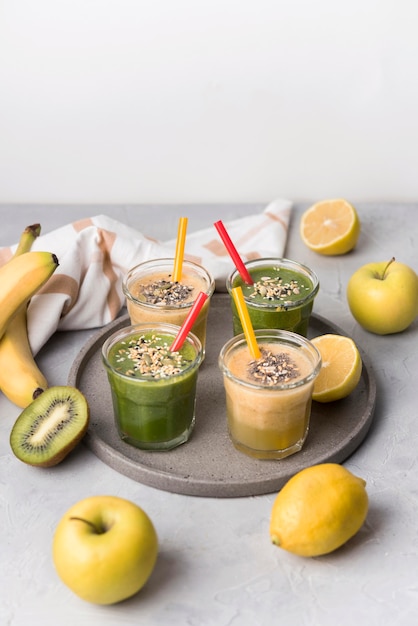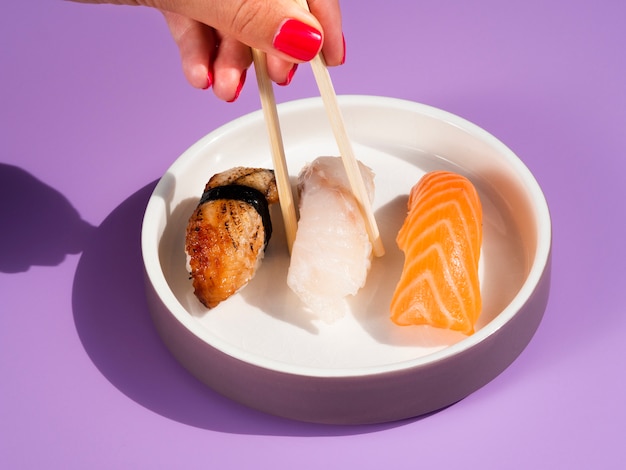
Food items in jars and bottles have been around for ages, dating back to Ancient Egypt. The technology for making bottles hasn’t changed much over the years, but in 1900, the first bottle-making machine was invented, allowing for mass production. Glass containers are often used for storing household chemicals.
Glass bottles and jars compete with cardboard and plastic packaging. Despite the competition, they remain popular in the packaging industry. Food and medical product manufacturers have long favored bottles and jars. So, what makes them appealing to consumers?
Packaged foods are not only convenient but also safer. The FDA has concerns about the safety of packaged foods compared to unpackaged ones due to potential contamination from recycled packaging. However, studies show that packaged foods can last weeks after opening.
Packaging protects food from damage and makes it easier to use. Glass containers are durable and can withstand heat, while plastic bags reduce cooking time by trapping air, allowing food to cook in its juices.
Food packaging helps keep food fresh and free from bacteria. Although recycled products can pose health risks, strict regulations are in place to prevent this. Different packaging materials, like plastic, can extend the shelf life of food by preventing oxygen flow and spoilage.
However, food packaging generates a lot of waste and adds to the cost of food, making packaged items more expensive. Packaged foods can also contain additives and artificial flavors that may be harmful, causing allergic reactions or increasing the risk of diseases.
To address these concerns, many products require FDA labels that list ingredients, expiration dates, and nutritional information.
Packaging materials have various pros and cons. Plastic is versatile and widely used, but it’s not biodegradable and can absorb food odors. Cardboard is lightweight and recyclable but not very durable. Metal containers are great for preserving food but can corrode. Glass is reusable and doesn’t rust but is expensive. Wood retains flavors well but requires more storage space. Paper is light and biodegradable but not very strong. Aluminum is adaptable but costly and can degrade.
As people become more conscious of food pollution, there’s a shift towards organic foods, though they can be expensive and affected by chemicals. Bottled and jarred foods offer a convenient and healthy alternative.









